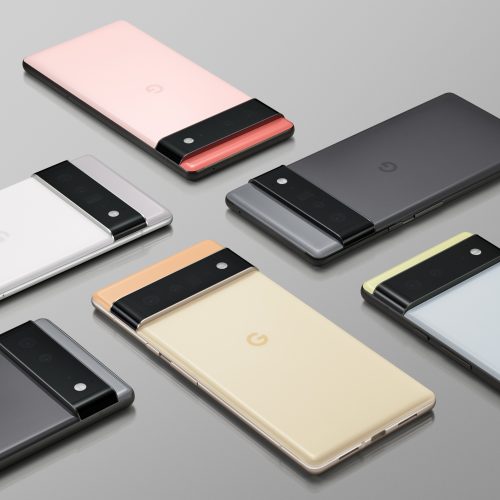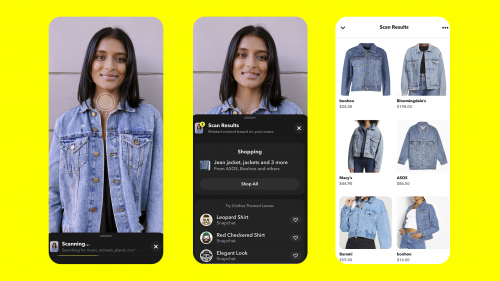For a while now, most African companies have survived with little or no investment in design thinking, design sprints, good user interface designs and good user experience designs. This neglect in a way has also stunted the growth of many companies (we will focus on tech) in the country, making it very difficult for them to make meaningful impact in the space.
The tech space in Africa seems to have mindfully or unmindfully ignored the pressing need for good user experience (UX) and user interface (UI) designers in product development for their websites and software applications. It is not surprising that successful companies like YouTube, Android, Etsy, Flipboard, Slideshare, Flickr, Pinterest, Airbnb, and Square had designers as their co-founders. UX / UI Design has played a major role and will continue to play a major role in the growth of these companies. A lot of companies kick off without proper user research or design sprints in developing their applications. People just start building and when their product finally ships out, they are so shocked by its low patronage and inability to retain users.
Focus on design and user interface and experience carry with it some immense benefits. Let us discuss some of them.
Improves customer retention rates
Customer retention is how your product is able to give a great impression to users to cause them to become active users of your platform. High numbers of customers using your product or service drives high revenue returns on your product. Your app, advert or website landing page is always the pitch of your idea or solution to potentials users. I still marvel at the extent of research some start-ups and even existing and thriving companies do for their pitch decks but no or little user research is done on the user going to use the app.
Users spend close to 30-45 seconds to decide if they are going continue with an app or ditch it. This statistical value means you have just some few seconds to convince new users to become active users. It is UX / UI that actually shapes a customer’s first impression of your app and not the how good your codes runs or the tech behind it or complex algorithms. A bad UX / UI design means you tech or solution sucks to a user, even before they start to use the core functionality of your app.
You might have a great product but if users find it hard to use or understand what you are selling to them, you can’t convince or convert them to active users. A good UX / UI also provides your app with credibility, making users feel like you actually put in some thought and effort into getting it done.
Cuts down development costs
Development costs are the costs associated with writing lines of codes to finally make a live product for users to use. This means the more time you spend on an app in its development stage, making changes and going back and forth, the more cash (or time) you burn. Shipping out a product to users, only to receive a tall list of complaints about how bad or difficult it is to navigate on your app and then going back to fix this issues is costly, time-consuming and expensive when the app has already been launched.
Expensive or high development costs can be cut down by employing the skills of a UX / UI designer. A UX / UI designer can easily come up with mock-ups and prototypes of the proposed solution to be tested with targeted users through user testing, to ascertain how users will actually use your app and correct all pain points before a line of code is written. This is because it is much easier editing shapes (Designs) than changing thousands of lines of code.
Helps build MVPs
MVPs stands for Minimum Viable Products and they are a sure way to test the market with your new solutions and ideas. Before you spend money on developing a solution or an idea into an actual application. Put together an MVP, go and talk to some users at the mall or anywhere. This will save you both time and money in developing something that users don’t have a need for.
A typical example of a start-up that failed due to non-adherence of this was KOLOS founded by Ivaylo Kalburdzhiev. Ivaylo Kalburdzhiev’s company ended up creating something users didn’t need or want. KOLOS found that users were not interested in their solution after the product had been fully developed and in the market and by this time they had already burnt through their investments in development. Therefore without any more investments and a platform, no one was willing to use, they were forced out of business. This could have been avoided by building a simple MVP first, to test the market. UX/UI designers are the go-to people when it comes to building an MVP. With them, you might not even need the skills of a programmer to create an MVP to test your solutions and ideas.
Drives competitive advantage
The startup space if normally flooded with similar solutions and ideas. To be able to stand out and beat your competitors who are already in the space or coming up, you will need a good UX and UI design for your products and solution. A good UX and UI design team will not only create more aesthetically pleasing applications, fun to use, easier to understand and use but also helping you study your users and your competitors to gain an advantage over them. And this is what it takes to keep your app at the top as one of the best in the space. It is because of this reason we use Facebook and not Friendster or myspace.com.
What next?
Now, the million dollar question is “What can be done to improve the current state of UI/UX design in the country?” Techpreneurs and startups should be made aware of the importance of building a company around users and for users, and not users for the company or product. UX / UI designing needs to be taught — it is an art and it can be taught. Opportunities should be created to allow new wannabe designers to be taught and mentored. Lastly a solid, strong and a vibrant design community to allow for the sharing of knowledge from both experienced and new designers must be created.
Enter Figma
This is why Figma, a Y Combinator firm based in San Francisco has taken the step in the right direction to make most of the above points possible in Africa with its Figma Global Design Community. Figma is unleashing the first ever interface design tool with real-time collaboration to the rest of the world with the launch of its Global Design Community in Nigeria, Ghana and South Africa.
Figma’s mission is to make design accessible to everyone, anywhere in the world. That starts with the product that runs on any computer that connects to the internet. It is easy to use, easy to collaborate with, easy to learn and is free for individual users and small design teams.
Through Figma’s Global Design community, they aim to activate ongoing conversation about the key role of design to professionals to the burgeoning tech scene in Africa, while highlighting their contributions to the economic growth and development of the region.
Figma is on a roadshow to Lagos, Accra and Cape Town with the vision of creating strong design communities and giving new designers the chance to learn from experienced designers in Africa. You can join their Slack community that connects designers online and encourages continual skill development with design challenges, mentoring and networking here and register / RSVP for the in-person events:
Article was written by Joseph Kiipo, User Experience Designer at Farmerline





